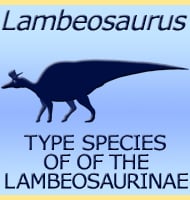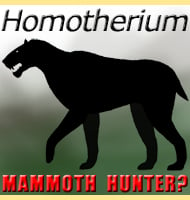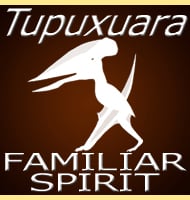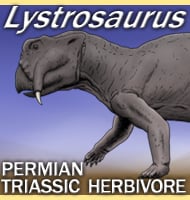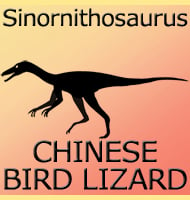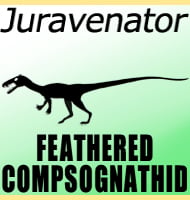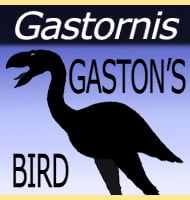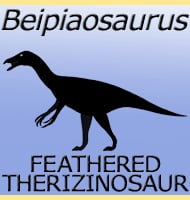In Depth
Artiocetus was an important transisitional find because individuals of this genus still possessed artiodactyl-like ankles. In modern palaeontology whales have long been thought to have descended from land living artiodactyl ancestors, specifically anthracotheres, and the observation of artiodactyl ankles in a primitive whale is further proof of this theory.
Although a whale ancestor, Artiocetus still possessed four limbs, though it is already clear that adaptations for a more marine lifestyle were being made at the expense of terrestrial adaptations. Artiocetus would have been similar to other primitive whale ancestors such as Rodhocetus.
Further Reading
- Origin of whales from early artiodactyls: Hands and feet of Eocene Protocetidae from Pakistan, P. D. Gingerich, M. Haq, I. S. Zalmout, I. H. Khan & M. S. Malkan- - 2001.


